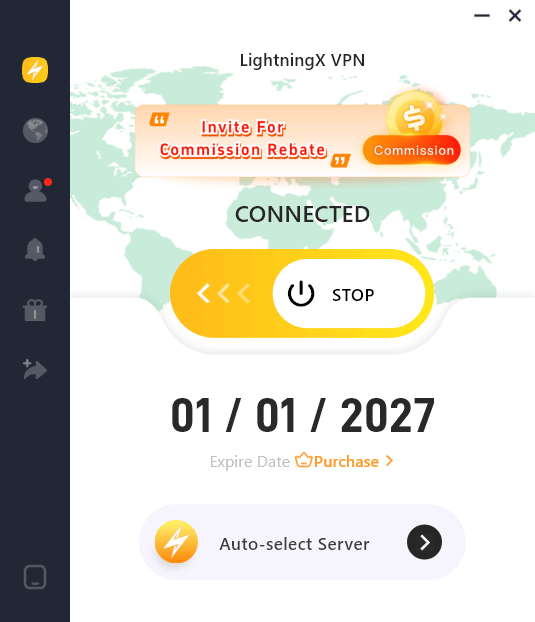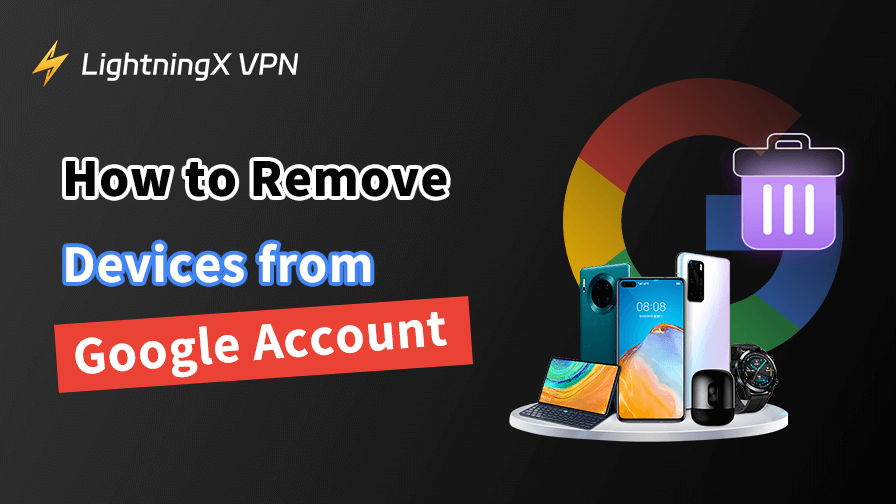The moment you realize your Google account is still signed in on a device you no longer use or on a device you don’t recognize, you will want to check which devices are connected or remove the lost or given-away device immediately. Removing devices from Google account can give you some peace of mind, especially if you’ve noticed any odd activity, or you’re just the type who likes to keep things tidy. Here’s how to go about it.
What Does “Removing a Device” Mean?
Removing a device from your Google account simply means that the device will no longer have access to your Google services like Gmail, Drive, or Calendar. This step helps protect your personal information.
It’s also a helpful way to answer the question: Who’s using your Google account? If someone else has that device, they won’t be able to see or use your Google data anymore. In other words, it’s a simple but important way to keep your account secure.
How to Remove Devices from Google Account on Your Phone
Say you’re using your phone, most likely an Android, though iPhones can follow similar steps using a browser or the Gmail app.
- Open your Google app: You know the one. Or just go to your device settings > Google.
- Tap “Manage your Google Account”: You’ll usually find it right under your profile pic.
- Switch to the “Security” tab: Scroll a bit, and you’ll see something like “Your devices” or “Devices you’re signed in to.”
- Tap “Manage devices”: This shows all the devices that have your Google account signed in.
- Find the one you want to remove: Maybe that ancient Galaxy S6 or the tablet you gave your niece.
- Tap the three-dot icon (⋮) > Sign out: Confirm it when asked. And you’re done.
Just like that, access is cut off. If that device goes online again, it’ll ask for a password.
You may be wondering whether this is the same as logging out remotely. While similar, removing a device goes a step further; it completely revokes that device’s access to your Google account.
How to Remove Devices from Google Account on PC
If you are using Google on your computer, you can follow the steps below:
- Go to myaccount.google.com
- Log in (if you’re not already).
- Click on the “Security” tab on the left.
- Scroll down until you find “Your devices” – It shows every phone, tablet, or computer signed into your account.
- Click “Manage all devices.”
- Select the one you don’t trust anymore (or just don’t use).
- Click “Sign out” or “Remove” – depends on how recently the device was active.
Each device entry also includes the location where it was last used. If you see a location that seems unfamiliar, there may be no need to worry. It could be caused by a VPN you used before or by inaccurate location data.
For example, if you use a smart VPN like LightningX VPN, it dynamically adjusts your virtual location to better match your usual login spots, reducing false security alerts while keeping your data protected.

Just make sure the server location shown matches the one you’ve actually used.
However, if the activity appears truly suspicious, such as a sign-in from a country you have never visited, it is best to take action. You should change your gmail password, enable two-step verification, and carefully review your account’s security settings.
A Quick Note on iPhones and Tablets
iPhones, iPads, and some tablets like Amazon Fire devices can appear in your device list if you have ever signed in with your Google account. Android devices are often even more closely tied to your account because many system functions depend on it. These include app downloads, automatic backups, and location tracking.
If you are looking for how to remove Google account from Android, keep in mind that removing the account will stop these services on that device. You do not need to have the device with you to remove it. As long as you can sign in to your Google account from a browser, you can manage and disconnect devices remotely.
What Happens After You Remove a Device?
Here’s the part people don’t always think about. Once you remove a device:
- It loses access to your Google services.
- Syncing stops.
- You might get an email from Google saying, “Hey, you signed out from this device.” That’s normal.
But what if you remove your own device by accident? Don’t worry, you’ll just need to log back in. It might ask for verification again, which can be annoying, but also reassuring. Extra steps = extra safety.
FAQs – Remove Devices from Google Account
Will the Removed Device Still Have Access to Previously Synced Data?
It may retain locally cached data like emails or calendar entries if not manually deleted. However, it will no longer sync with your account or access updated information.
Can I Re-add a Removed Device Later?
Yes. Simply sign in on the device again with your Google credentials and complete any necessary verification steps.
Can Someone Else Remove My Device from My Google Account?
No, not unless they have full access to your Google account.
Only someone who is signed in to your account and has access to your security settings can remove devices. That means they would need your password, and if enabled, your two-step verification code.
If someone else is using a device where you are signed in, they cannot remove other devices or change account settings unless they can pass your account security checks.
To stay in control:
- Don’t share your password.
- Turn on two-step verification.
- Remove any old or shared devices you no longer use.
As long as you manage your account access, only you can make changes to your device list.
Final Thoughts
Removing devices from your Google account is a simple way to improve your account security. It helps you cut off access from old or unfamiliar devices. You can also use it to keep your account list clean and easy to manage. This process takes only a few minutes and is easy to repeat. Making it a regular habit can help protect your data. It’s also worth deleting your Google search history from time to time to further safeguard your privacy.


















